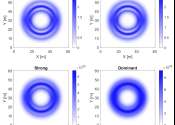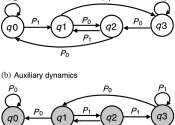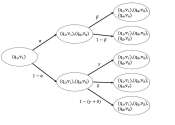How high-pressure techniques can induce changes in crystalline materials
In an article published in Chemistry of Materials Oakland University Associate Professor of Physics Yuejian Wang explored how high-pressure techniques can induce changes in certain crystalline materials, similar to the way ...









